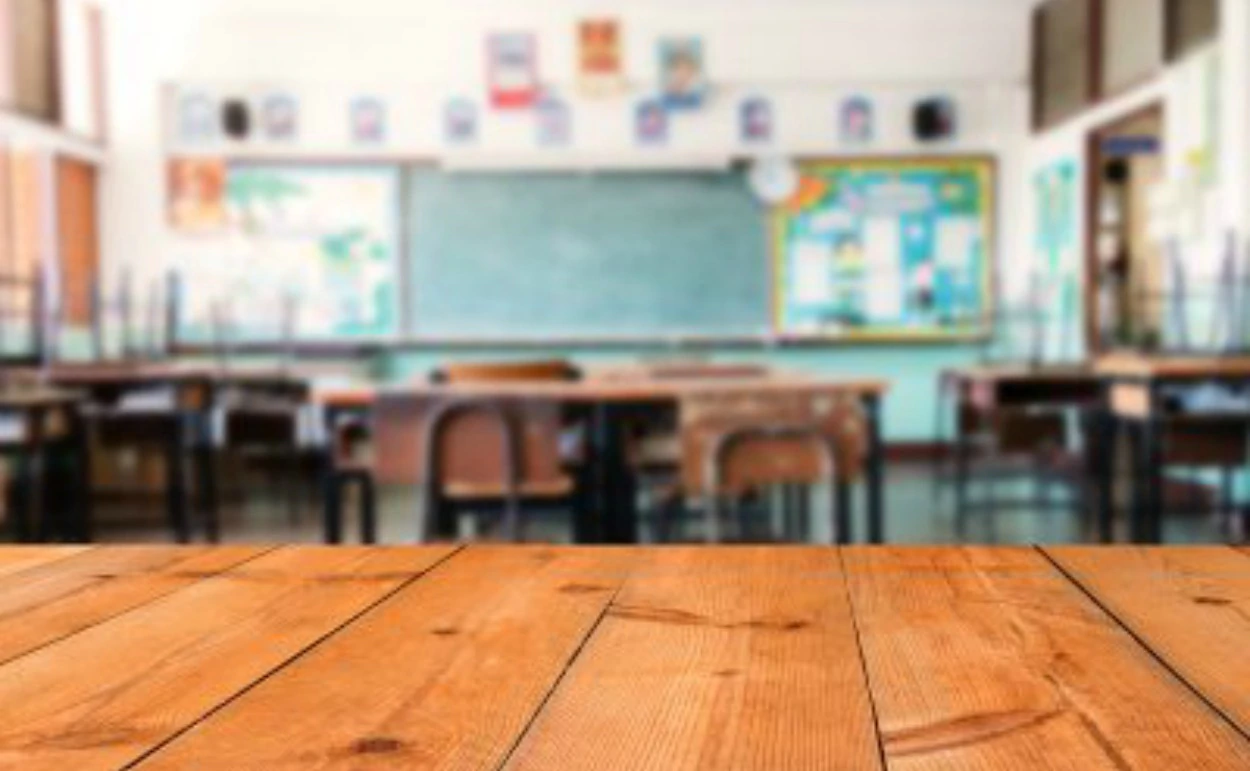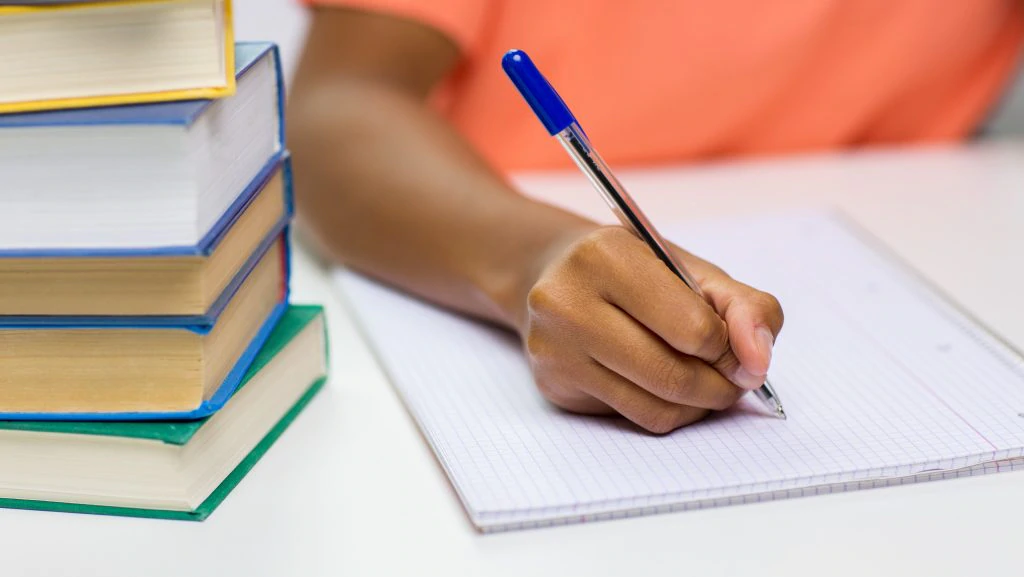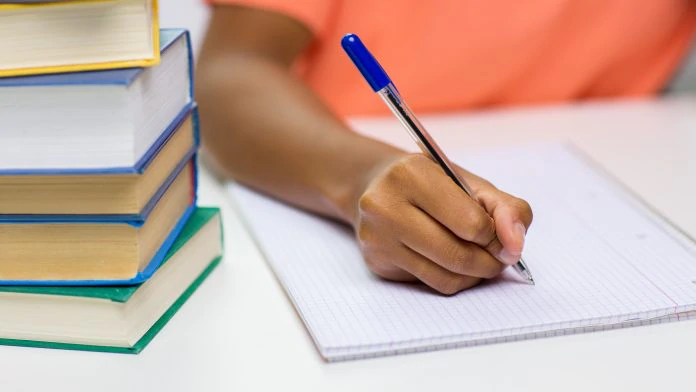[ad_1]
An unprecedented 55 million students have been forced out of their schools in the United States as COVID-19 is molly whopping its way around every institution and industry. We have all been, literally and figuratively, on zoom since then, and it is all too easy to lose sight of where the children are in all of this.
Of course, many of us believe students have been central because the adults in the education system have been working so hard over the last several weeks to give them the things we know they need.
We are proficient in Maslow, so we swiftly stood up grab-and-go or delivery school feeding operations to service the more than 30 million kids who rely on the National School Lunch Program. But with all of the American “volunteerism” at home and abroad, we should know it’s possible to feed someone and still not truly see someone.
Then, our present pandemic finally forced us to determine each students’ technology needs so we could divvy up tablets, laptops, hotspots, and whatnot.
READ MORE: Dr. Oz says schools can return despite possibly costing ‘2 to 3%’ of lives
We concurrently convened task forces full of education insiders, sans student voice, to quickly decide on matters seemingly of less relevance to students: waivers of testing requirements, flexibility with the required number of instructional days, staff contracts, and how to proceed with teaching and learning remotely.
With no student input, we drafted thousands of remote learning plans that rest upon all students suddenly becoming self-directed learners. Students who comply with the demands of compulsory schooling in a world where everyone gets an A, work is optional, and where stress at home is at its peak.

As a result, we have literally lost thousands of children and for many of the millions of students still complying with classwork online, we have lost track of their needs, concerns, and desires. It is possible to be out of school but not out of touch with students, but in too many cases both are true.
Seventy-one percent of black teenagers are worried that they or someone in their family will be exposed to the coronavirus, the highest rate of any racial demographic group. Seventy-four percent of Black teens and 87 percent of Hispanic/Latino teens are worried about the effect the coronavirus may have on their family’s ability to make a living or earn money. Black and Hispanic/Latino teens are significantly more likely than white teens to be worried about keeping up with schoolwork. Four out of ten teenagers also feel more lonely than usual.
READ MORE: California teen, 15, may have committed suicide over stay-at-home order
Yet, at a time when students need adults to show up for them and connect with them in greater ways, many of our well-intentioned inclinations miss the mark.

Protecting students from the truth: Adults have a tendency to shield students from the severity of situations around them or simply forget to keep them informed in the hustle of the moment. This has left some students underestimating the seriousness of this pandemic and others overcome by unfounded fears. Rather than level set with students, many education leaders are giving them the false hope that they will still be able to compete in truncated athletic seasons, attend their prom, and celebrate their graduations as planned. There is empowerment and real education in telling students the truth, being honest about what adults haven’t figured out, and allowing them to participate in problem-solving.
Trivializing students’ grief: As the US approaches 1 million confirmed coronavirus cases, thousands of coronavirus-related deaths and 22 million people are now unemployed, it seems logical to treat many of the things students are worried about (prom, senior trips, sports, hanging out with friends) as relatively unimportant. However, being logical and being loving is not always the same thing. Students need to feel that adults care that their lives have been upended and that they are grieving about the loss of so many things fun and familiar.
Excluding students’ voices: During a time of crisis, it feels more efficient to make decisions about the education system without consulting students. But it is the wrong approach if we truly want our students to grow as empowered and engaged learners. This is a perfect time to bring students to the table to wrestle with the many hard, logistical and learning decisions that need to be made. What does a virtual graduation look like? How do we keep students motivated if there are no grades? How do we build community and culture when school is virtual? If we hold high expectations for what students can achieve at all age levels, we should challenge them and trust them to devise solutions to practical problems.
The scale, severity, and unpredictability of the coronavirus pandemic should be a reminder of the type of students and citizens this era needs our education system to produce. We need students who are engaged learners, agile and resourceful, able to problem solve within wicked learning environments, committed to social good, and emotionally resilient.
If this is the future we want, we should do something about the wise but sobering words one of my high school mentees once said about how adults “engage” students:
“We’ve been moved from the kiddie table to the adult table but our portions remain the same.
[ad_2]
Source link


